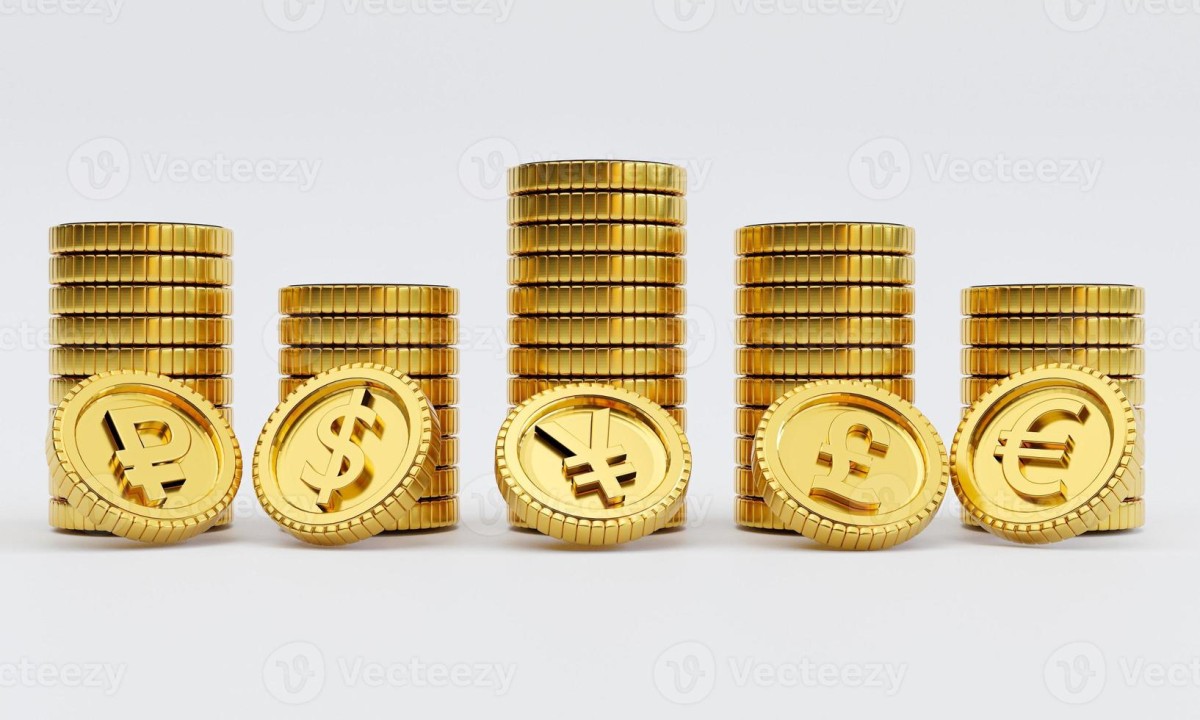In the world of investments, particularly Exchange Traded Funds (ETFs), you’ll encounter the term “ausschütter” which translates to “distribution” in English. This refers to the way an ETF distributes its profits to its shareholders. Understanding Ausschüttung is crucial when choosing an ETF that aligns with your investment goals.
This article dives into the concept of Ausschütter, explores its implications, and compares it to the alternative strategy of reinvestment.
What is Ausschüttung?
An Ausschüttung ETF is one that periodically distributes a portion of its underlying assets’ profits to its shareholders. These profits can come from dividends paid by the companies the ETF holds, or from interest earned on bonds.
Here’s a breakdown of the process:
- Companies pay dividends: Companies may choose to share a portion of their profits with their shareholders through dividend payments.
- ETFs hold company shares: An ETF might hold shares of various companies within a specific sector or index.
- ETFs receive dividends: When the companies in the ETF pay dividends, the ETF receives those dividends in proportion to its holdings.
- Distribution to shareholders: The ETF may then distribute a portion of the collected dividends to its shareholders through Ausschüttung.
Essentially, with an Ausschüttung ETF, you receive regular cash payouts from the fund’s profits.
Benefits of Ausschüttung ETFs
- Regular income: Ausschüttung provides a steady stream of income, which can be beneficial for investors seeking to supplement their current income or retirees depending on investment returns.
- Tax advantages: In some countries, Ausschütter may be taxed more favorably compared to capital gains from selling ETF shares. (Always consult a tax professional for specific tax implications in your region)
- Psychological benefit: Receiving regular payouts can provide a sense of satisfaction and reassurance for some investors.
Drawbacks of Ausschüttung ETFs
- Lower total return: When an ETF distributes its profits, the reinvested amount is smaller, potentially leading to a lower total return over time compared to a thesaurierender ETF (which reinvests its earnings).
- Tax implications: Depending on your tax bracket, the immediate distribution might be taxed at a higher rate than capital gains realized when selling shares.
- Loss of compounding: Reinvesting dividends allows for compounding, where your earnings generate further earnings over time. Ausschüttung disrupts this compounding effect.
Ausschüttung vs. Thesaurierung: A Comparison
The alternative to an ausschütter ETF is a thesaurierender ETF, also known as an accumulating ETF. Here’s a table summarizing the key differences:
| Feature | Ausschüttung ETF | Thesaurierender ETF |
|---|---|---|
| Distribution of profits | Regularly distributes a portion of profits to shareholders | Reinvests all profits back into the fund, buying additional shares |
| Regular income | Provides regular cash flow | No regular cash flow, but potentially higher total return over time |
| Compounding | Disrupts compounding effect | Benefits from compounding |
| Tax implications | May be taxed on distributions | Capital gains taxed upon selling shares |
Choosing between Ausschüttung and Thesaurierung depends on your individual investment goals and financial situation.
FAQs on Ausschüttung
- How often do Ausschüttung ETFs distribute profits?
The frequency of Ausschüttung can vary depending on the specific ETF. Some may distribute quarterly, annually, or even semi-annually.
- Can I choose to reinvest my Ausschüttung?
It depends on your broker. Some brokers may allow you to automatically reinvest your Ausschüttung back into the ETF, essentially mimicking a thesaurierender ETF.
- Is Ausschüttung better for short-term or long-term investments?
Ausschüttung can be suitable for short-term goals where you need regular income. However, for long-term goals, the potential for higher total return with thesaurierung might be more advantageous.
Conclusion
Understanding Ausschüttung is essential when selecting an ETF. Consider your investment goals, tax situation, and desired income flow when making your decision. If you seek regular income, an ausschütter ETF might be a good fit. However, for long-term growth, a thesaurierender ETF could potentially deliver a higher total return. Remember, consult a financial advisor for personalized investment advice.



